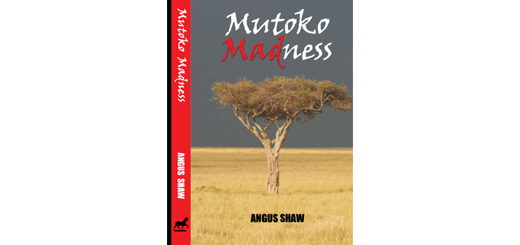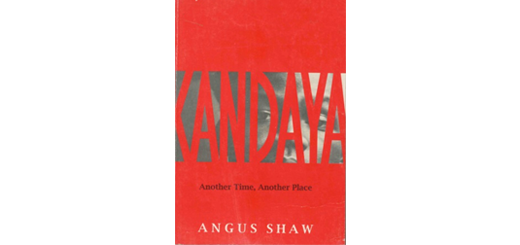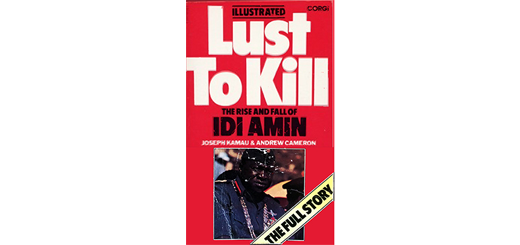Rhodes loses his nose
 Those who don’t like Rhodes have been at it again. They have cut off his nose with a power tool, probably an angle grinder.
Those who don’t like Rhodes have been at it again. They have cut off his nose with a power tool, probably an angle grinder.
The bronze bust gazes into the Table Mountain National Park on Devil’s Peak overlooking Cape Town. It’s a clean cut into the light brownish colour of bronze behind a face tarnished by the elements since it was unveiled in 1912, a decade after Rhodes’ death.
The Cecil John Rhodes memorial – sited where he wanted his grand design of a Cape to Cairo highway and railway to begin – has been vandalised several times. The words “racist, thief, murderer” have been daubed in paint there; a petrol-soaked car tyre has been hung on the bust in the once well-known South African practice of killing by ‘necklacing.’
It is now suggested that if Rhodes gets a nose job there will be protests to remove a repaired bust altogether, as there were to pull down his statue at the nearby Cape Town university in April. All the old arguments on whether history can be erased will re-emerge…
I have no particular truck with Rhodes one way or another, except he’s always good for story tellers.
From Mutoko Madness, by Angus Shaw, on the Cape to Cairo railway:
‘Everyone supposes that this railway will be built with the only object that a human being may be able to get in at Cairo and get out at Cape Town. This is ridiculous … the railway will pick up trade all along the route … everyone will benefit,’ Rhodes said.
In his congratulations to Ewan Scott Grogan, who walked the length of the continent from north to south to prove himself to the father of the girl he courted in Scotland, Rhodes said he was cheered by the feat that would confound critics of his Cape to Cairo project and his dreams to conquer the African interior.‘Your success has given me great encouragement in the work I have still to accomplish,’ Rhodes told Grogan.
It was a miracle that Grogan made it at all. His porters never remained loyal for long, he never had sufficient food and water, and was constantly assailed by fevers, fierce warriors, thieves, animals, snakes, jigger fleas, ticks, flies, army ants and God knows what else. Travelling down the Nile he encased himself in river mud at night as protection against mosquitoes.
On one occasion, Grogan tackled a thief who had greased himself with animal fat in the belief that he couldn’t be caught. The next morning the thief was handed over to the chief. His head was cut off and placed on the path to the village as a warning to others.
The first train arrived in the former Salisbury in 1899. From Jonathan Waters’ magnificent “Urban evolution, Harare, a photographic history,” just released: moments in the construction of the line, this one as it crossed the Odzi River. “Now we shan’t be long to Cairo,’’ says the sign.
(Today, it’s still another 6,000 kilometres in a straight line north by air.)




